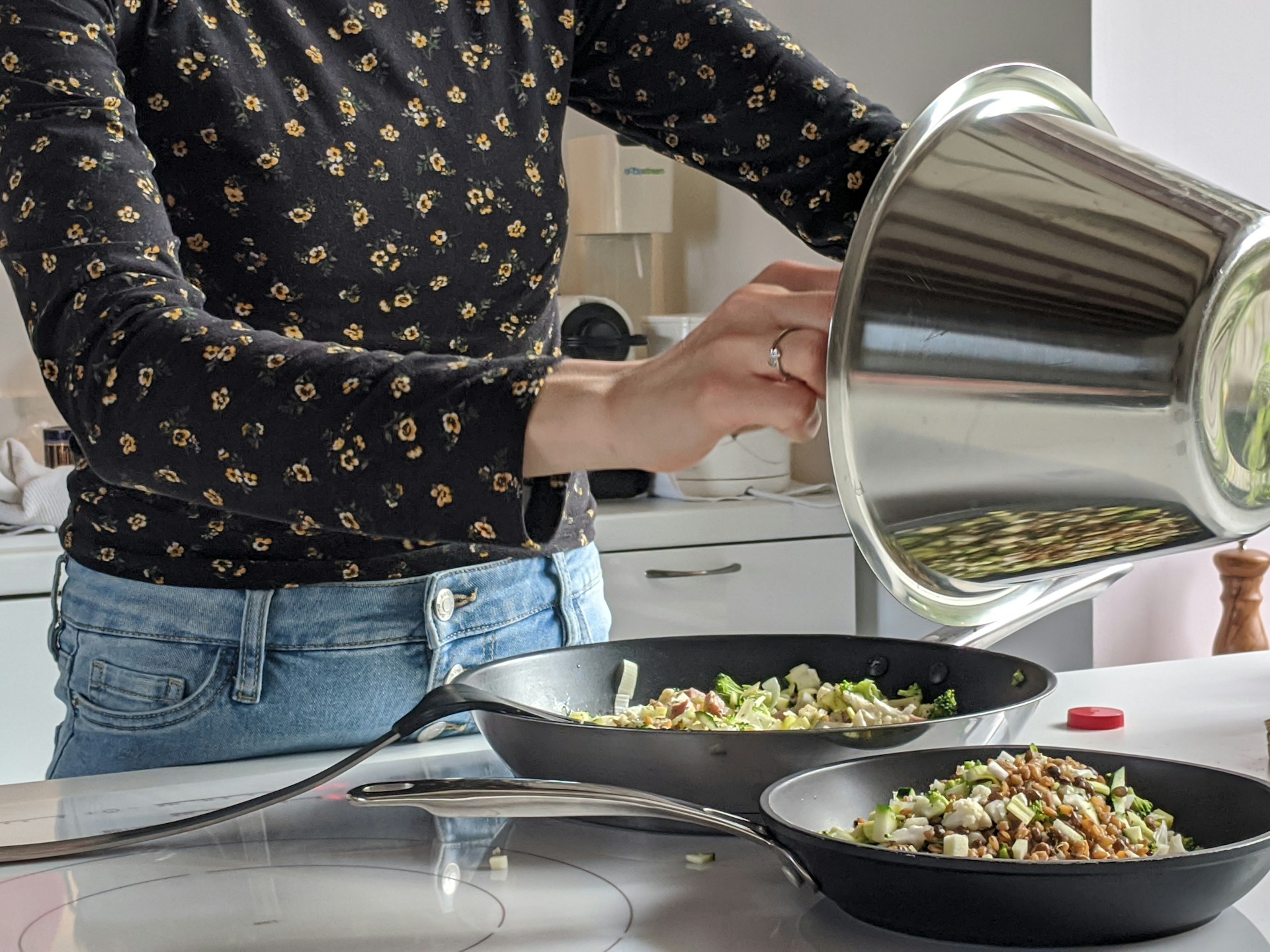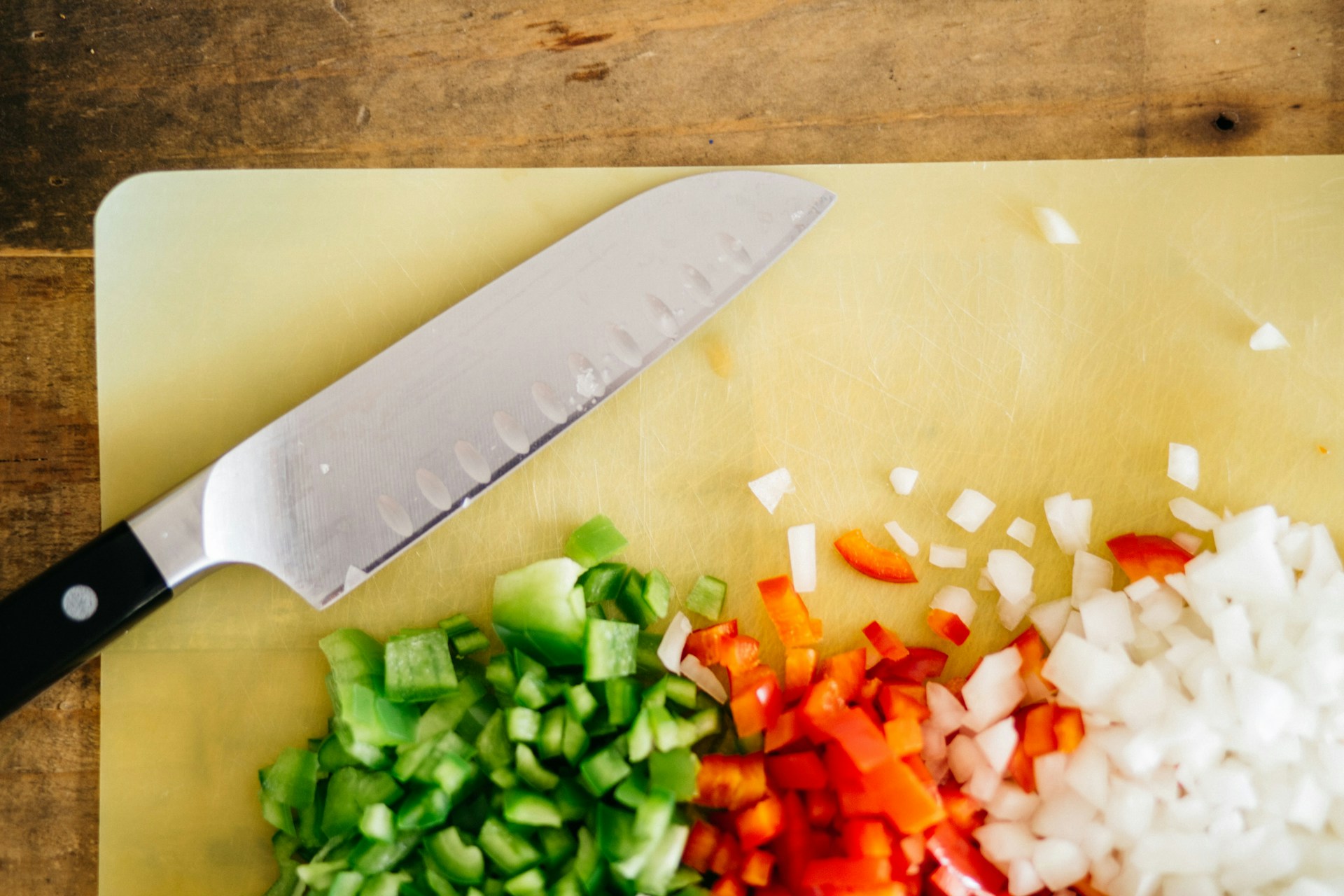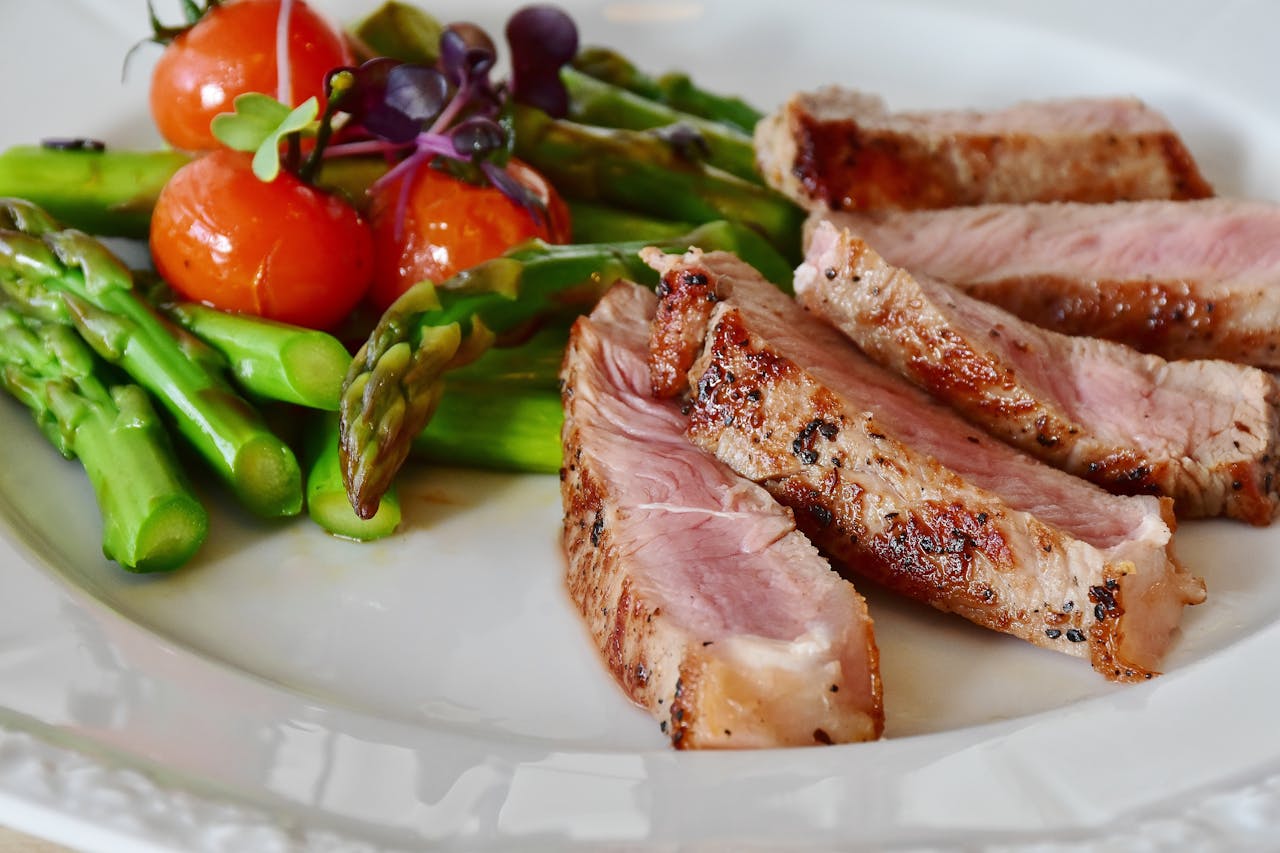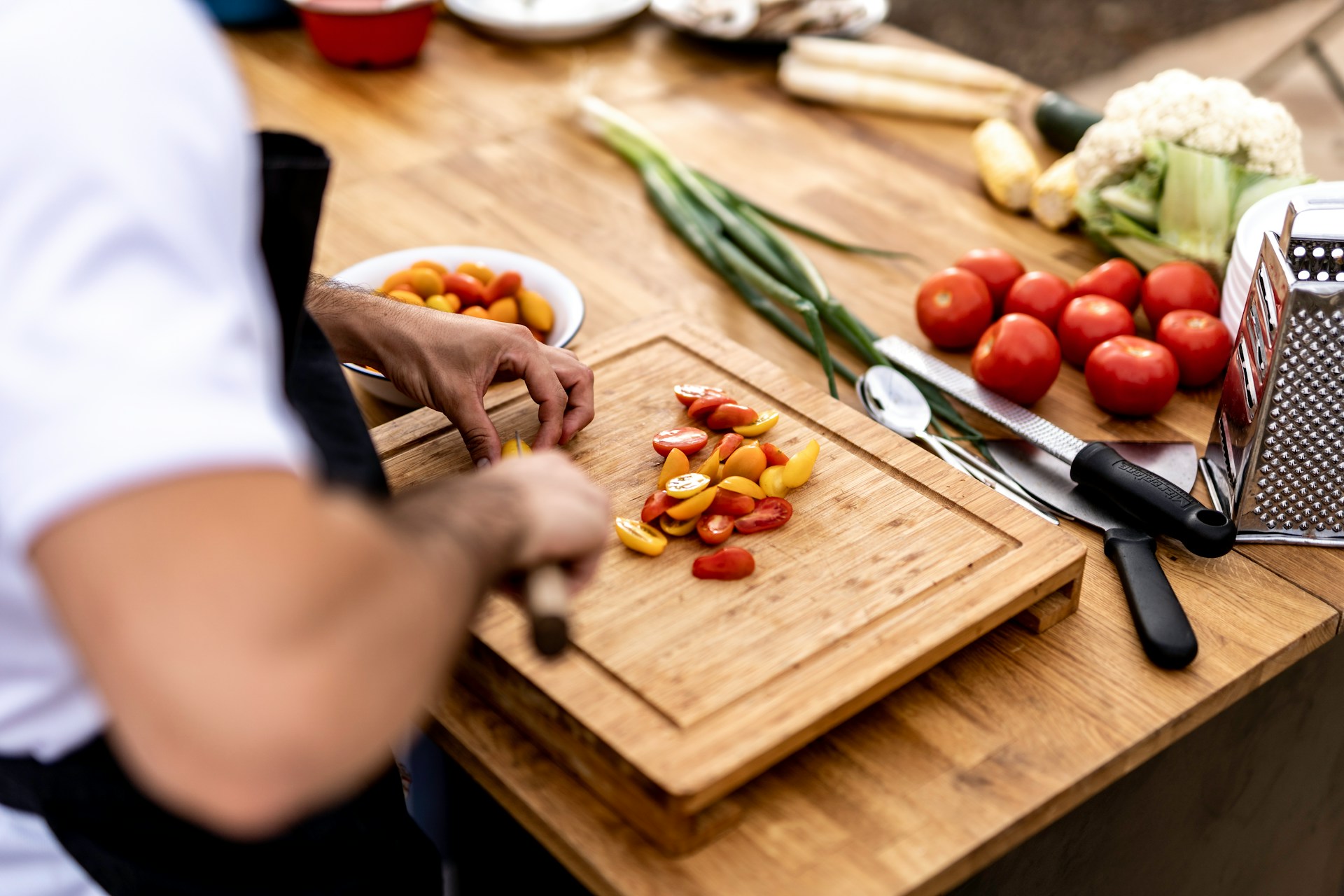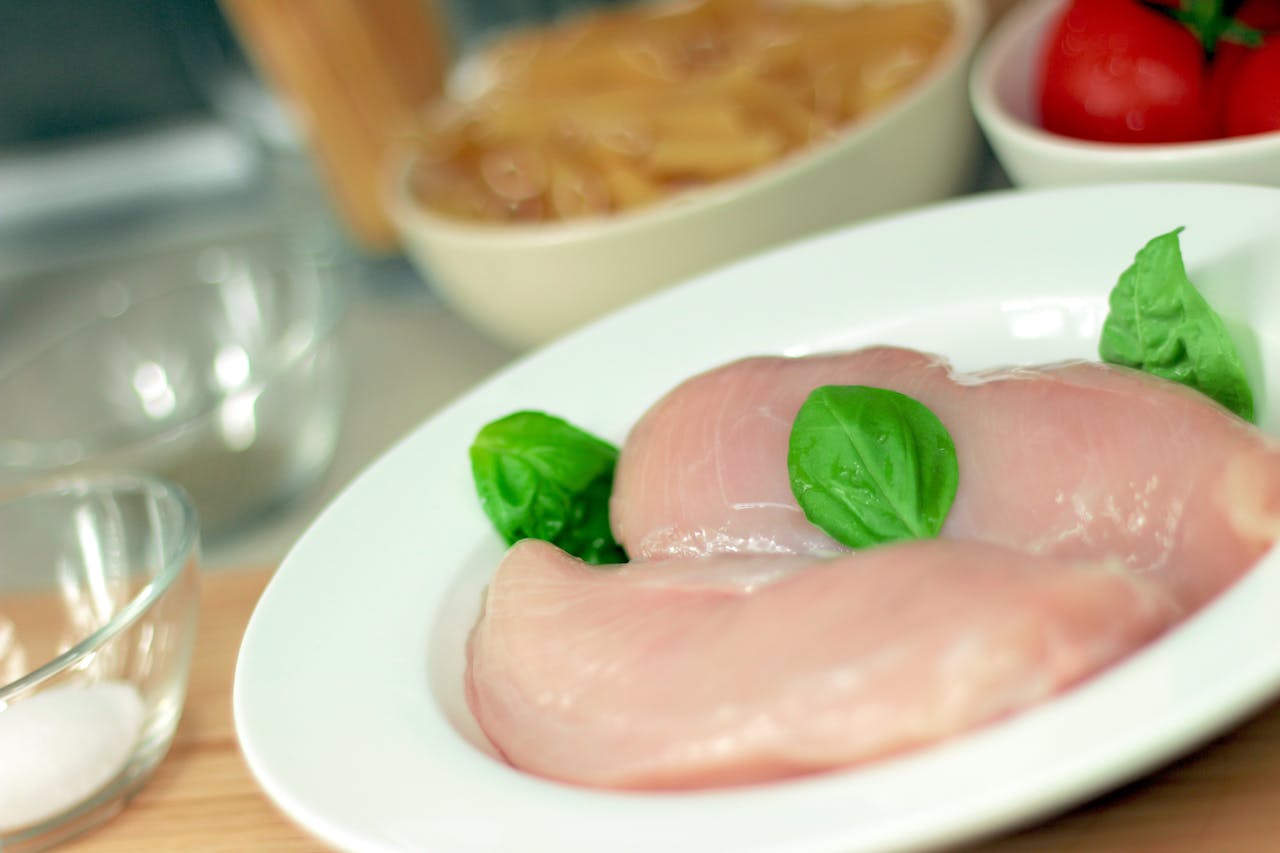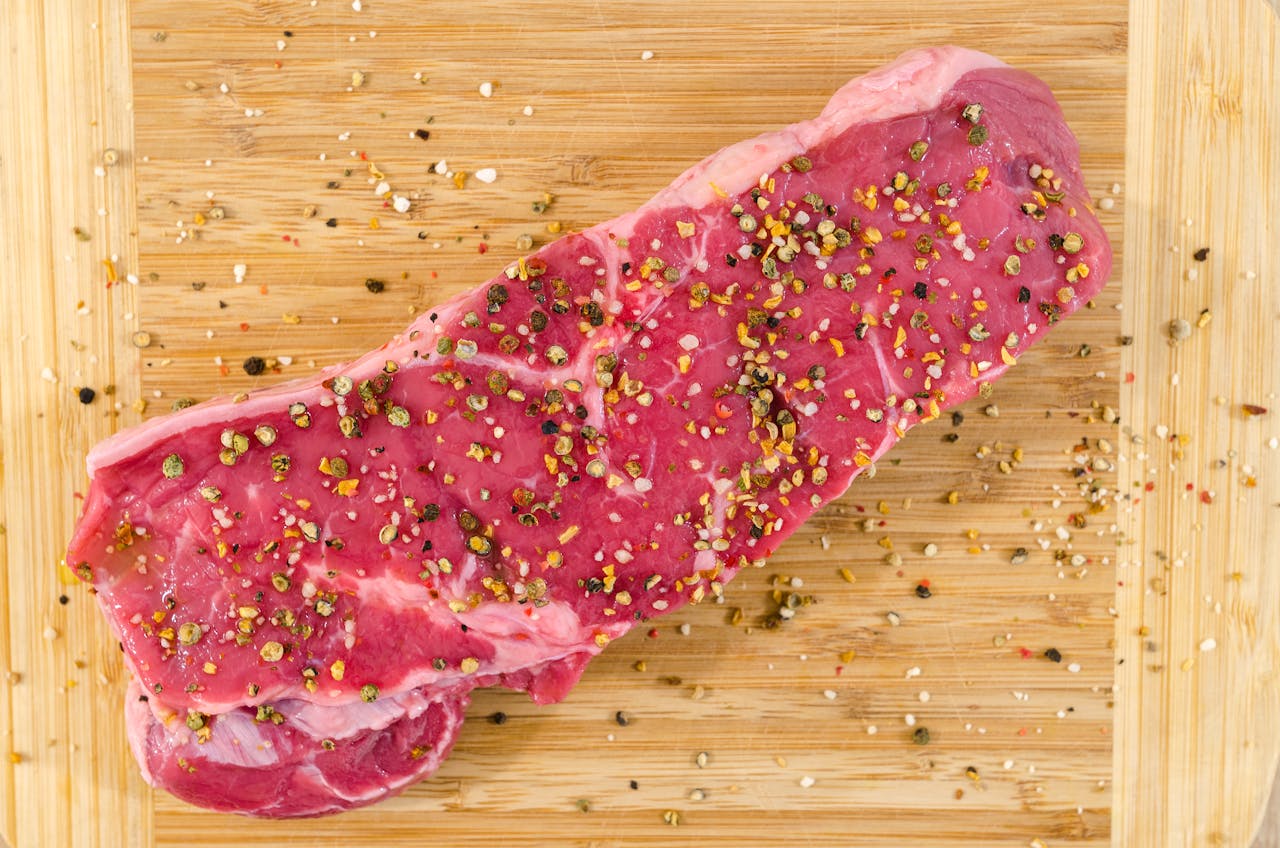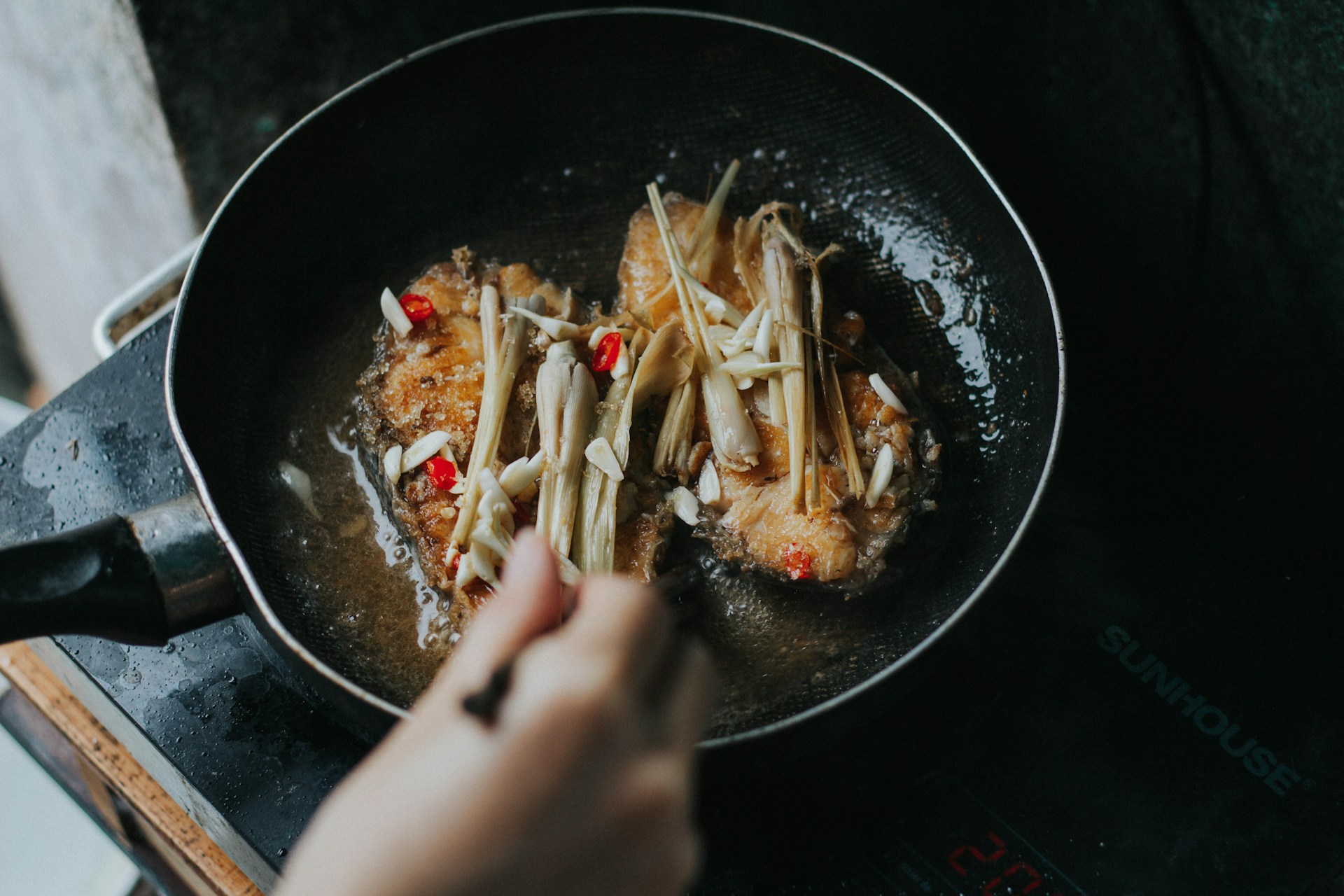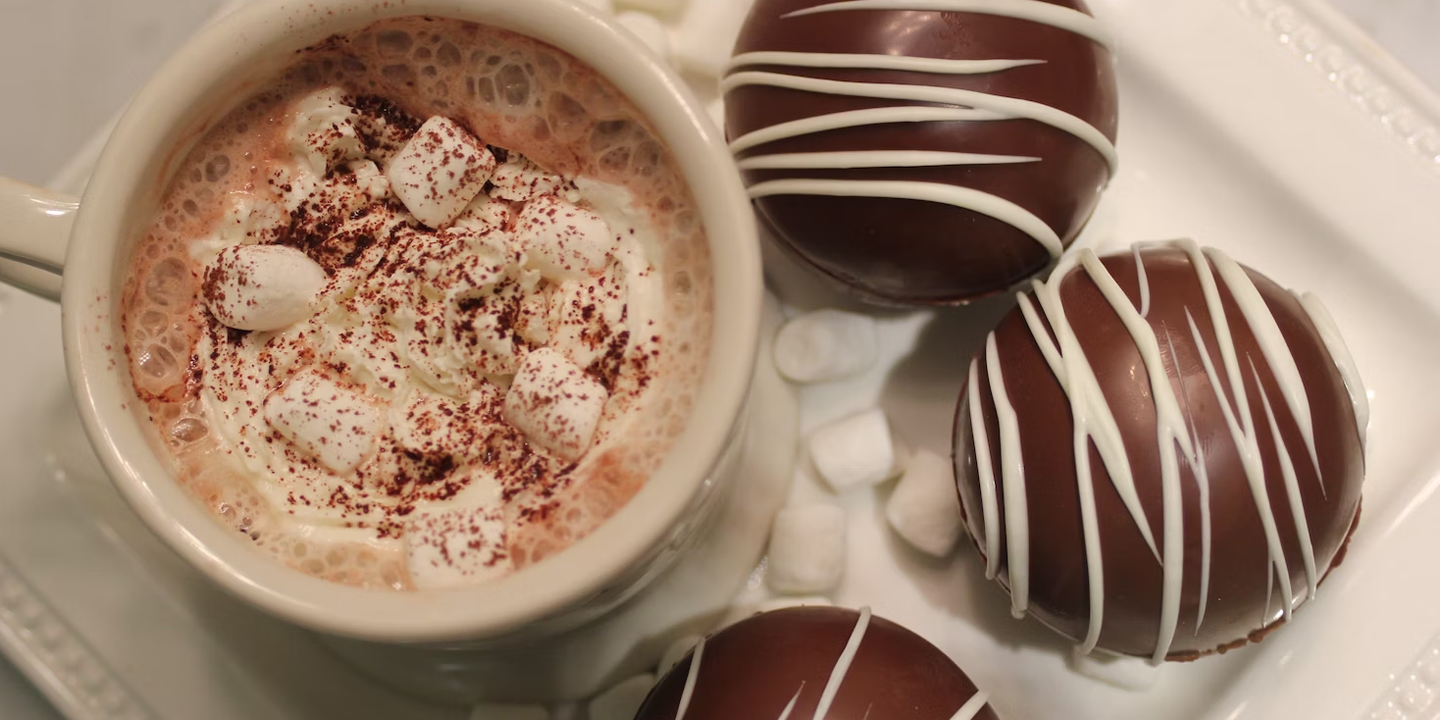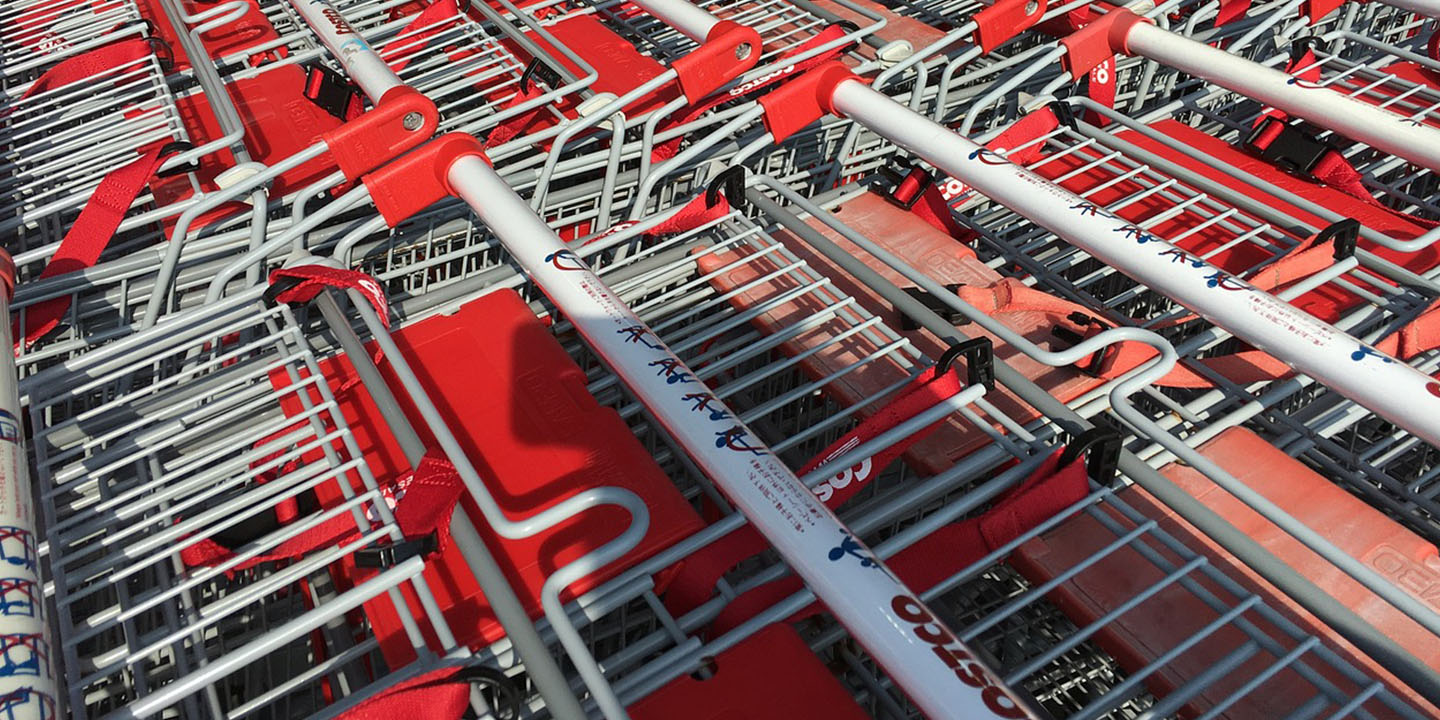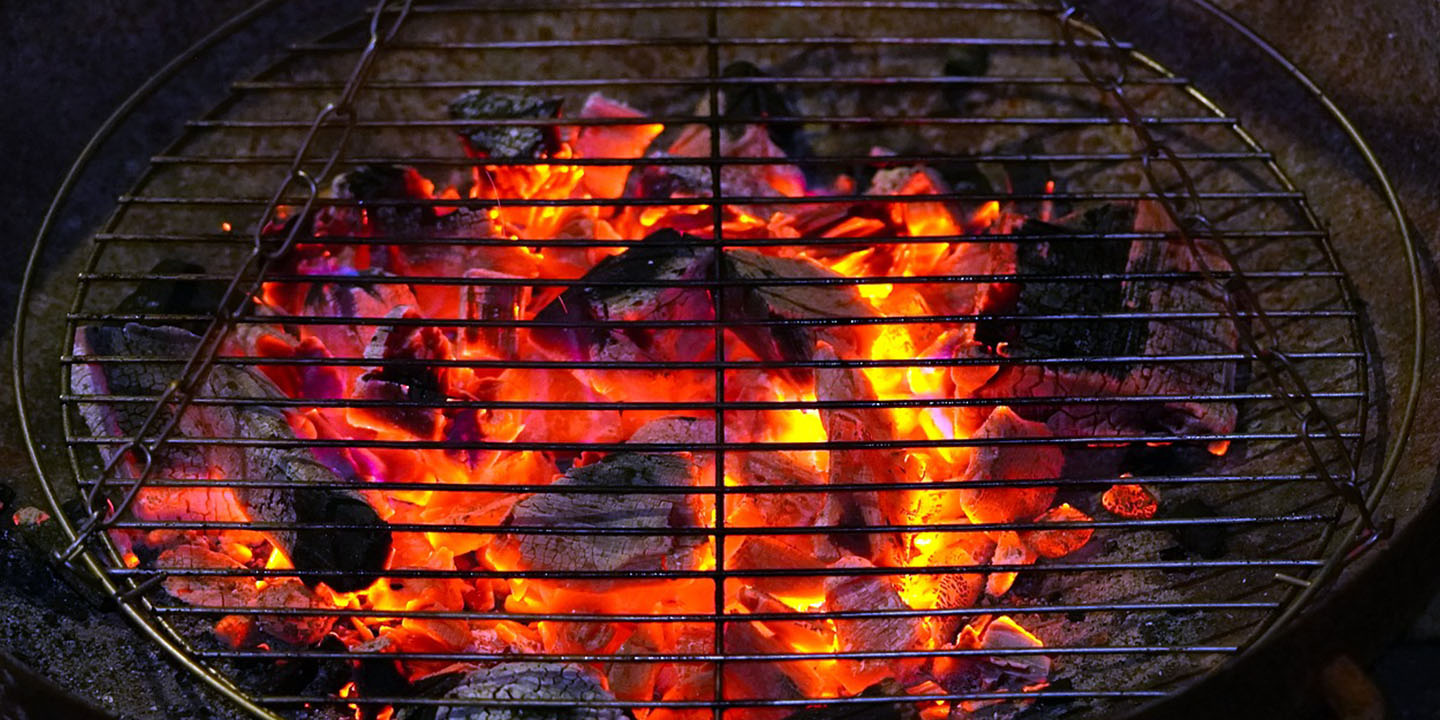Kitchen Errors 101
Are you still putting wooden cutting boards in the dishwasher? Do you keep opening the oven to check on baked goods? You’re not alone—these and countless other common mishaps pop up in everyday kitchens. But we’re here to help! Let’s dive into classic kitchen mistakes and how to avoid them.
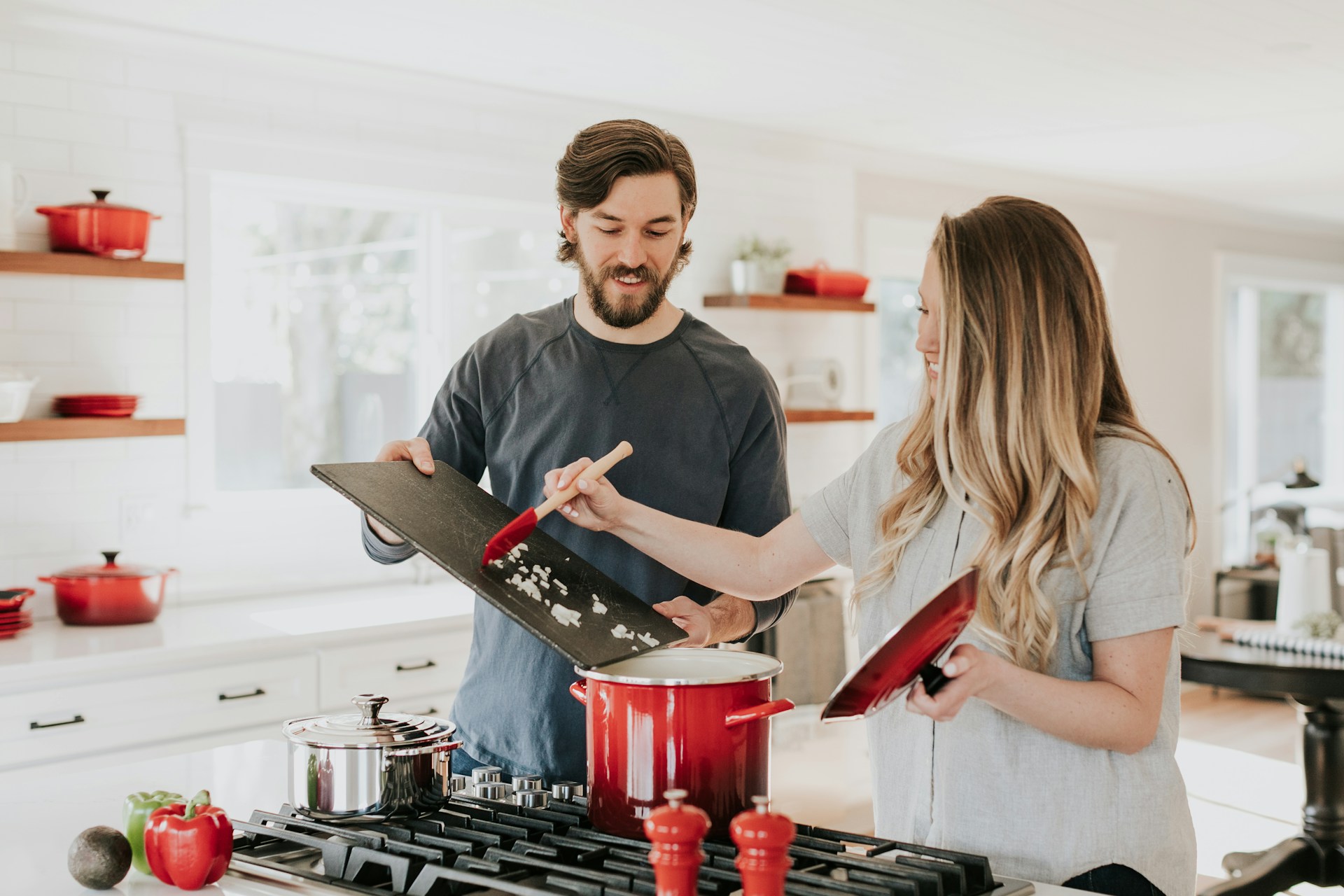 Photo by Becca Tapert on Unsplash
Photo by Becca Tapert on Unsplash
1. Tossing Everything in a Pan
It’s easy to think that tossing all your ingredients into one pan will save time, but that’s a common trap! Overcrowded pans cause all kinds of problems from uneven cooking to less flavorful dishes. Trust us, it’s better for everyone to cook in batches.
2. Using Dull Knives
Dull knives are a chef’s enemy, even home cooks. You’d be surprised just how life-changing a sharpened blade can be—not only for slicing food but for eliminating the risk of sliced fingers, too.
3. Not Letting Food Rest
That steak looks ready, but give it a minute before cutting in. Letting meat rest for a minute retains all the juices and prevents dry cuts. We know you’re hungry, but your rumbling tummy will be much happier with a tender steak.
4. Ignoring the Recipe
Recipes often call for some liberties (i.e. “season to taste”), but there’s a difference between experimentation and ignoring instructions. Until you’re more at home in the kitchen, stick to precise measurements and cooking times. Following recipes to a tee ensures a delicious meal.
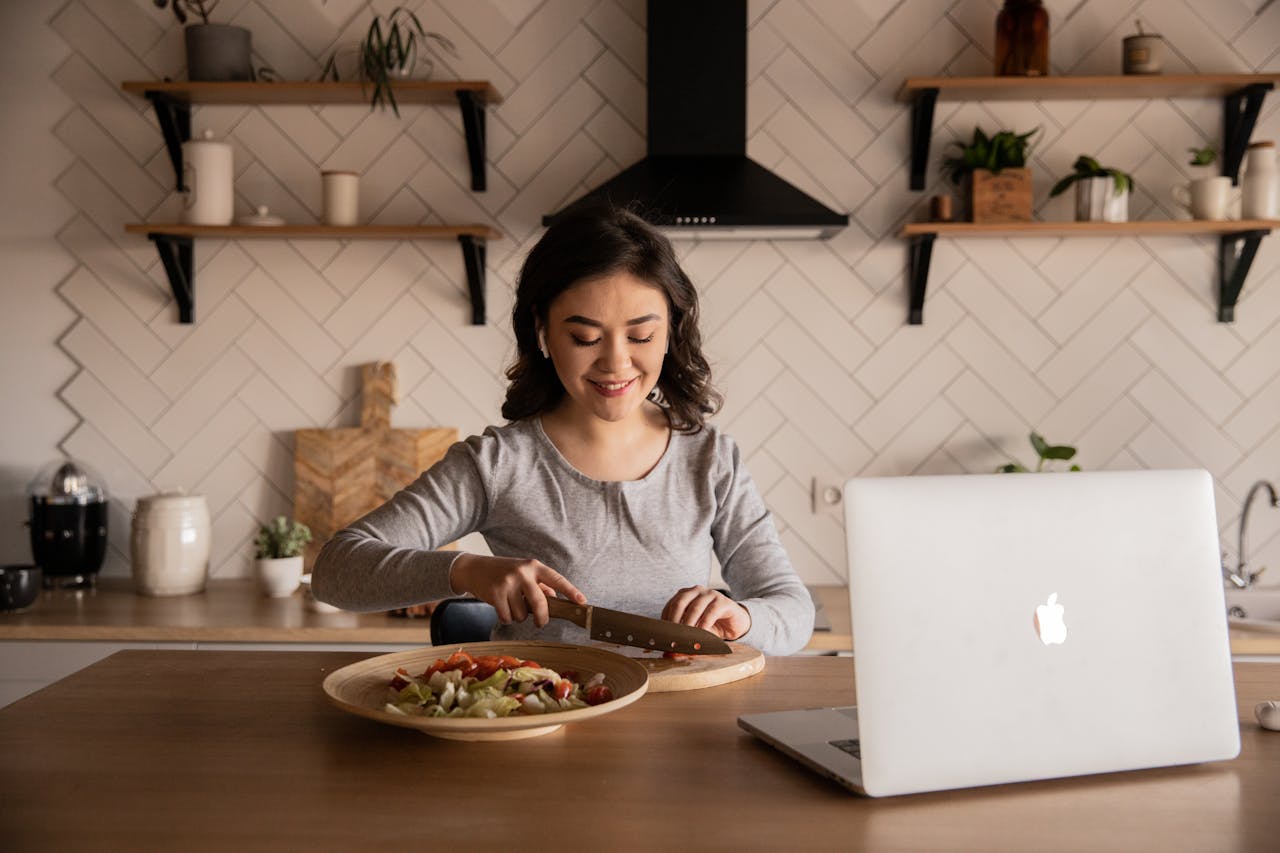 Photo by KATRIN BOLOVTSOVA on Pexels
Photo by KATRIN BOLOVTSOVA on Pexels
5. Not Using Fresh Stuff
Lovers of cooking shows and celebrity chefs have undoubtedly heard it before—fresh is better. It’s true! A heavy reliance on canned or processed ingredients often leads to an inferior meal. Opt for fresh herbs or veggies for a dish with better flavor and more nutrition.
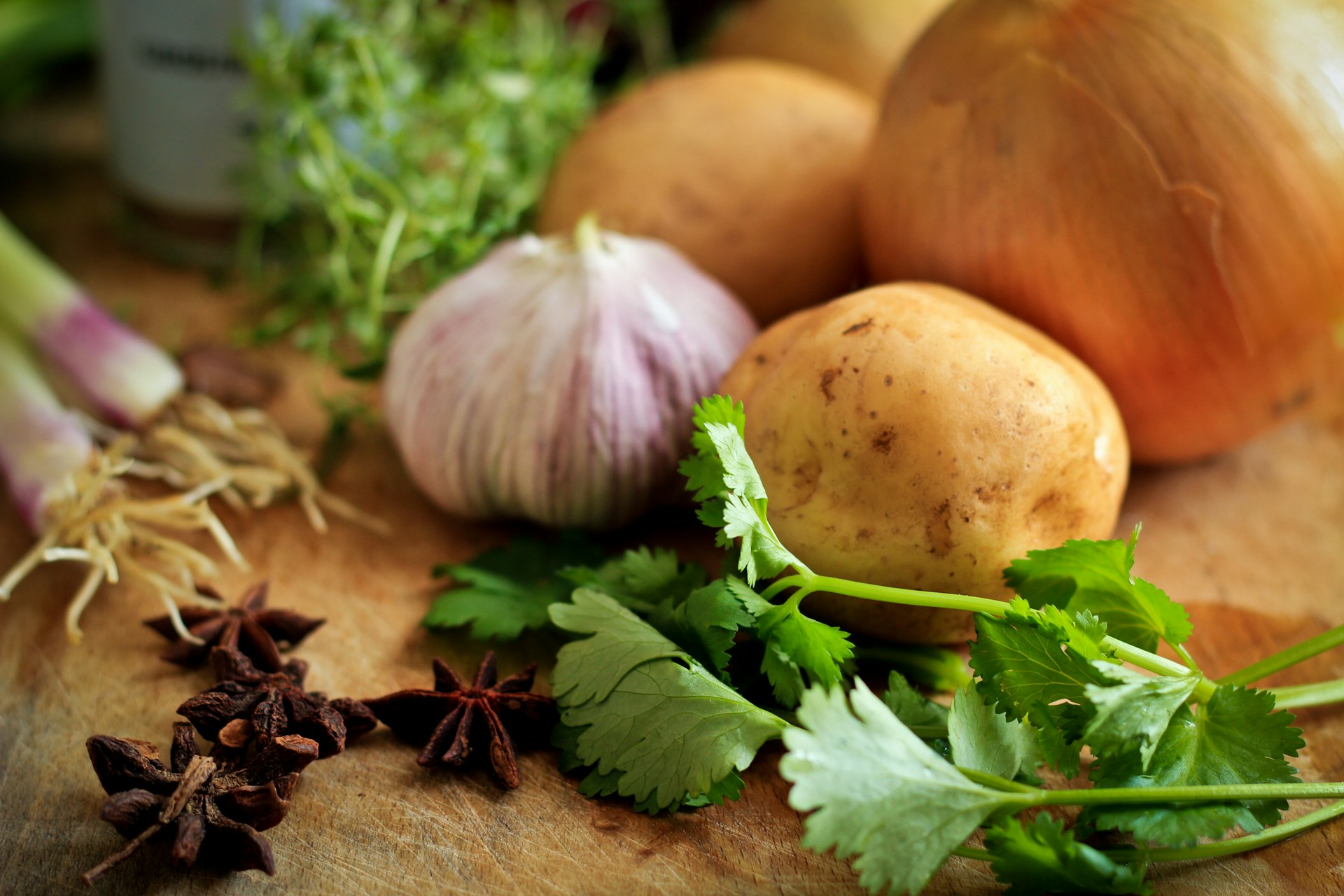 Photo by Syd Wachs on Unsplash
Photo by Syd Wachs on Unsplash
6. Using the Wrong Oil
Different oils come with different smoke points, so using the right one is crucial. For example, olive oil is a classic kitchen staple, but it isn’t an ideal choice for high-heat cooking. Knowing which oil to use enhances flavor and keeps spaces smoke-free.
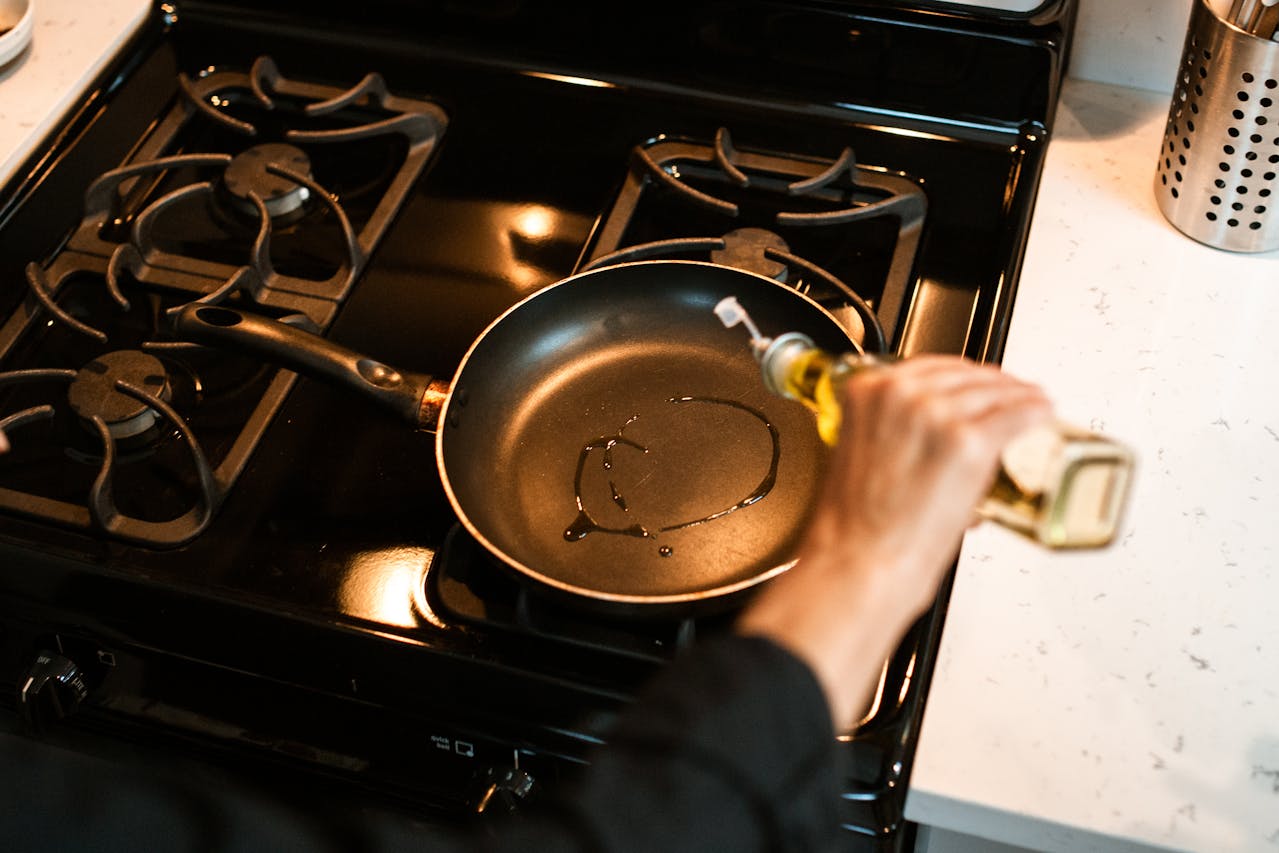 Photo by RDNE Stock project on Pexels
Photo by RDNE Stock project on Pexels
7. Checking the Oven
Whether it’s a pizza or a birthday cake, resist peeking into the oven. Constant checking interferes with the temperature, leading to fluctuations and uneven cooking. In fact, those problems are particularly bothersome when baking, so just trust the process!
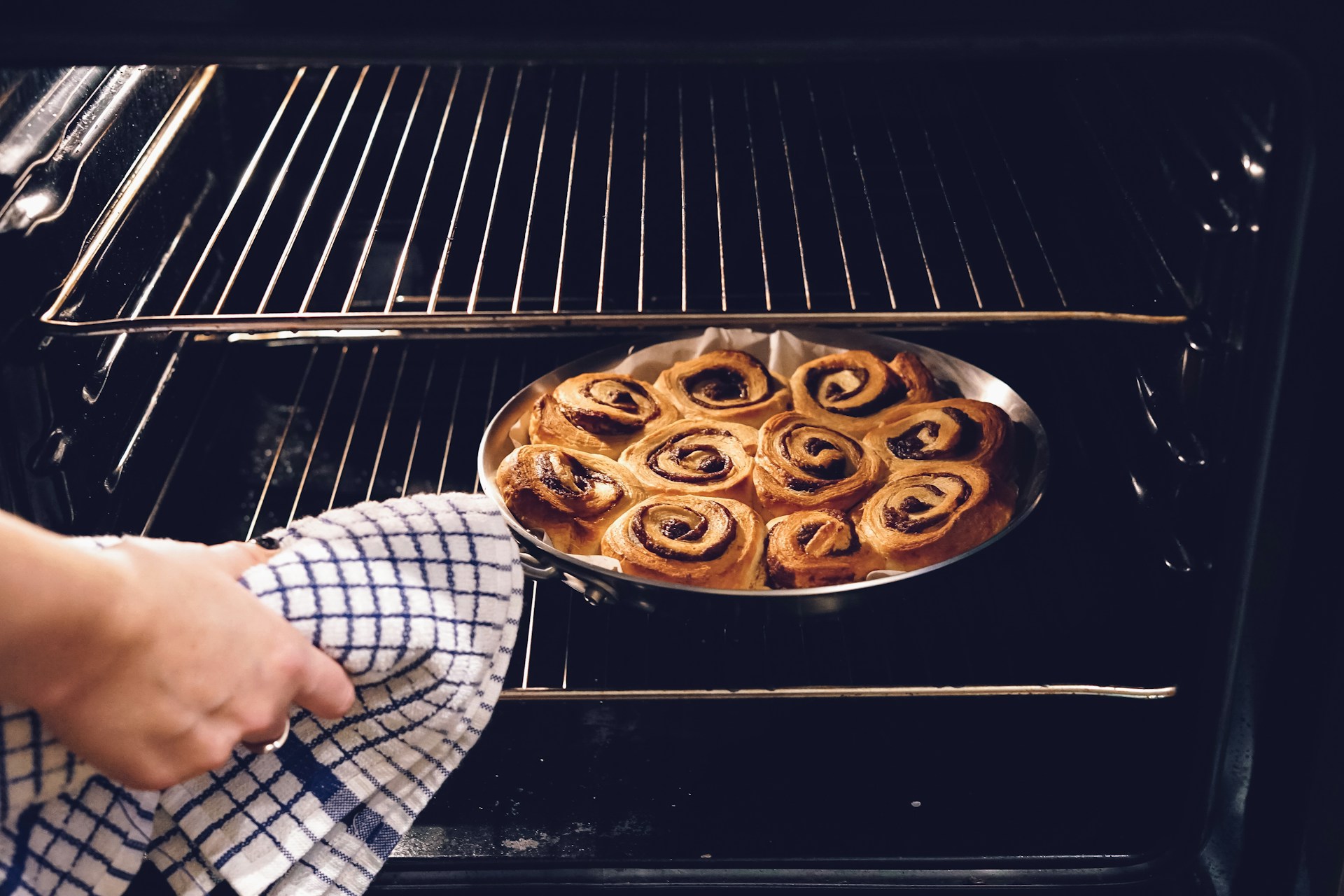 Photo by Toa Heftiba on Unsplash
Photo by Toa Heftiba on Unsplash
8. Not Tasting Food
If Gordon Ramsay taught us anything, it’s taste as you cook. The occasional check-in alerts you to any seasoning mishaps and gives you time to fix them. Far too many home cooks forget this step, resulting in wonky flavors that could’ve been remedied.
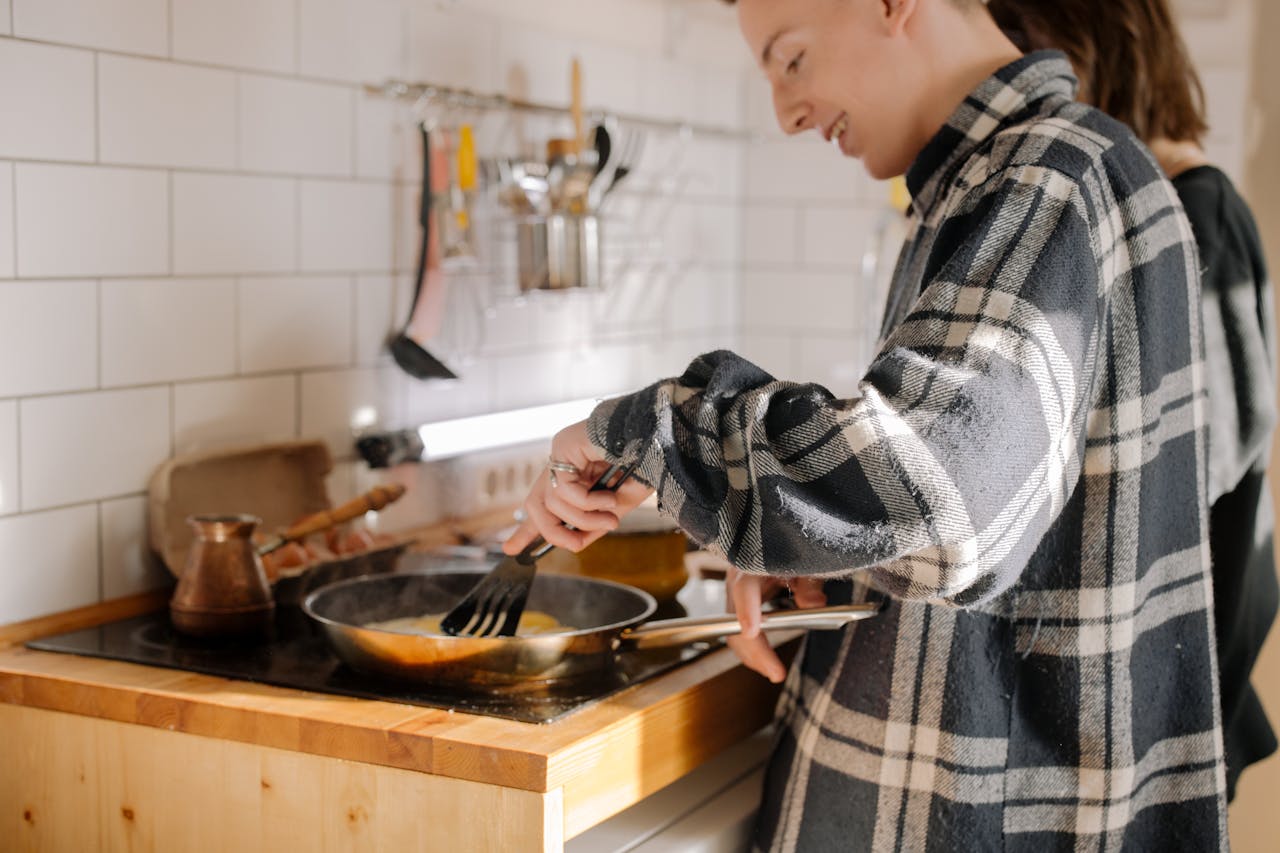 Photo by cottonbro studio on Pexels
Photo by cottonbro studio on Pexels
9. Improper Planning
A big part of cooking is prep—boiling water, preheating the oven, or cutting veggies is just as important as following the recipe. Prep eliminates the crunch time headache, allowing you to keep your focus and whip up a delicious meal.
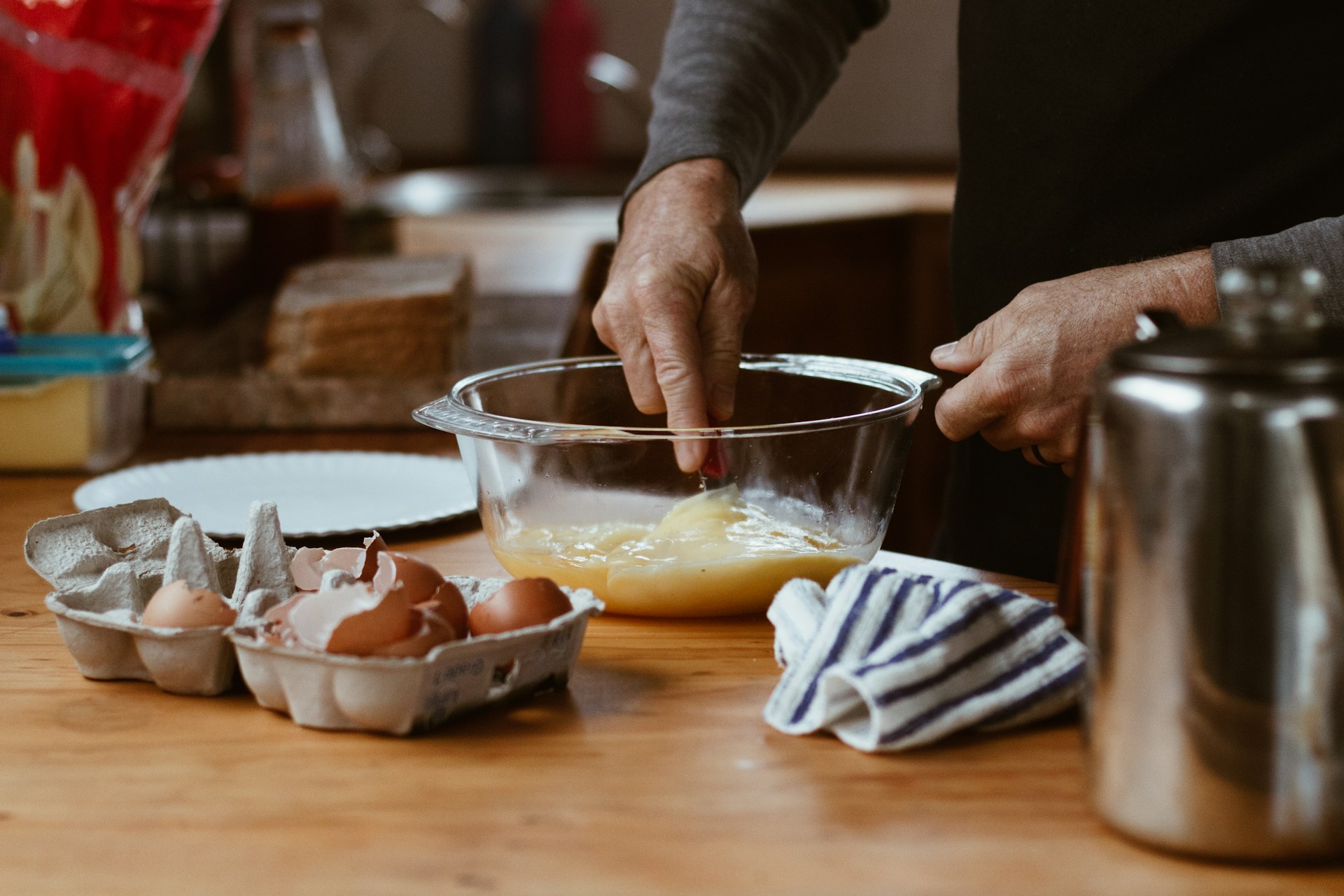 Photo by Sincerely Media on Unsplash
Photo by Sincerely Media on Unsplash
10. Skipping on Cleaning
It doesn’t matter if you’re a home cook or a Michelin-star chef, clean kitchens prevent the spread of germs and foodborne illnesses. Don’t neglect basic cleaning and definitely don’t forget to scrub out appliances or the sink.
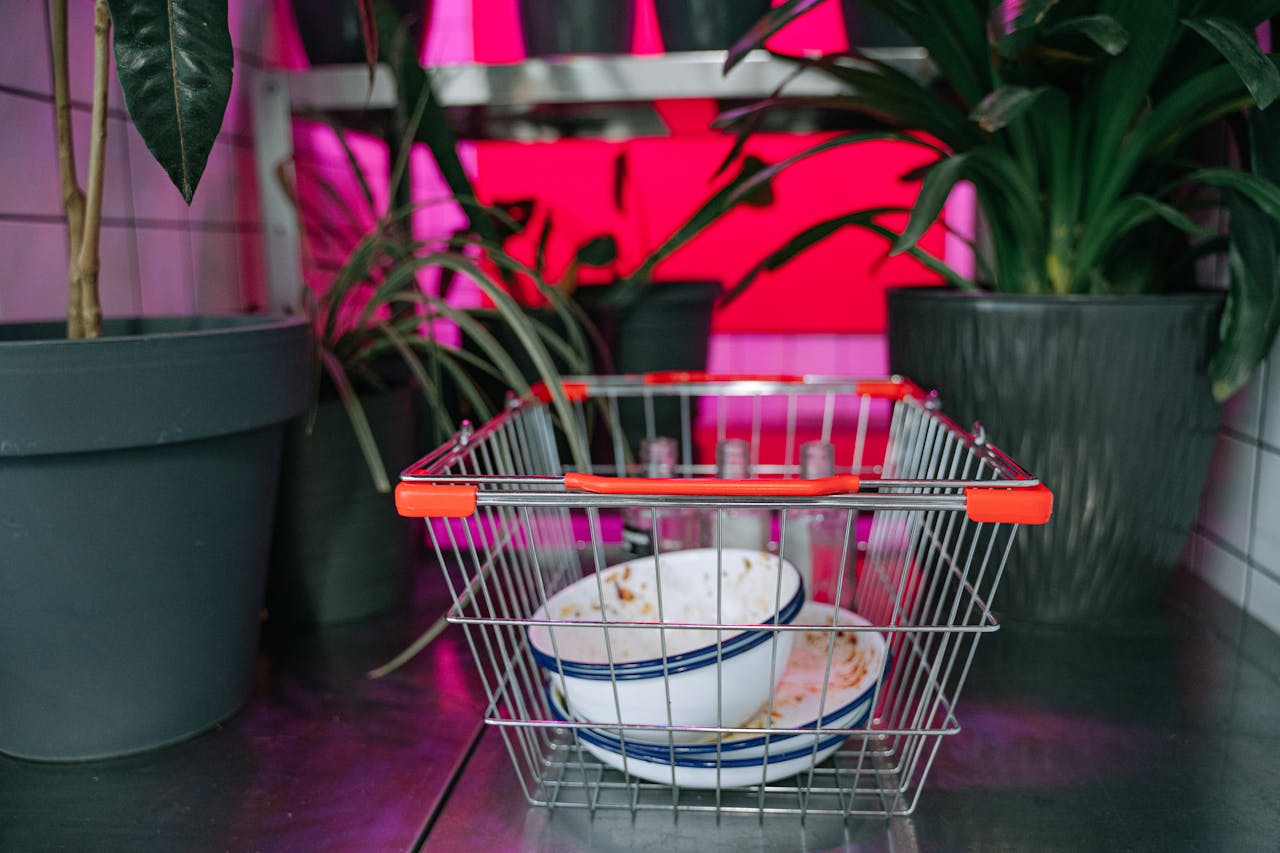 Photo by Ivan Samkov on Pexels
Photo by Ivan Samkov on Pexels
11. Not Using Meat Thermometers
The last thing you want is to second guess doneness. Top-shelf meat thermometers help you steer clear of uncooked meat and prevent you from popping into the oven. They also help you achieve the perfect temp every time.
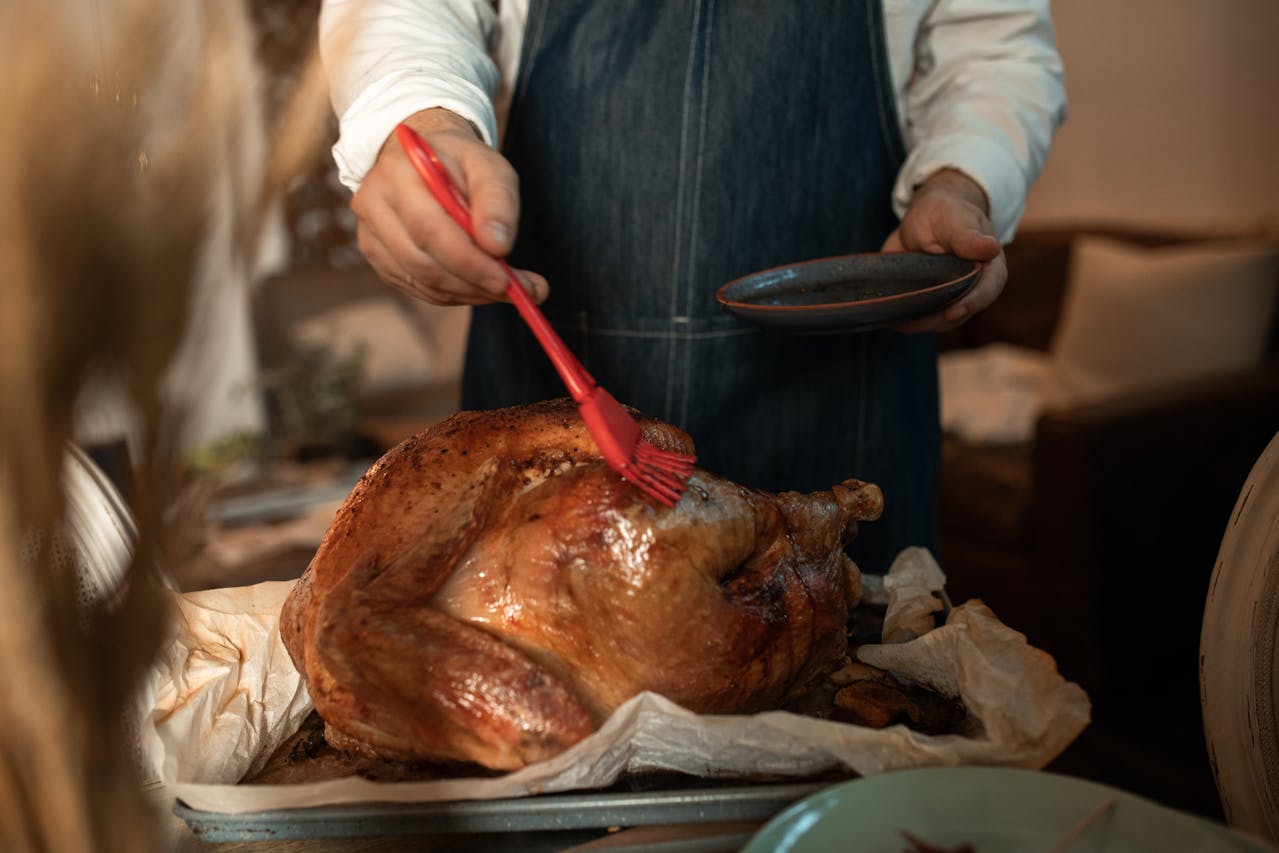 Photo by RDNE Stock project on Pexels
Photo by RDNE Stock project on Pexels
12. Cross-Contamination
Kitchens are hot spots for cross-contamination. Don’t use the same cutting board for raw meat and veggies. The same goes for utensils. It’s best to either use different tools for different foods or thoroughly wash anything you’ll reuse.
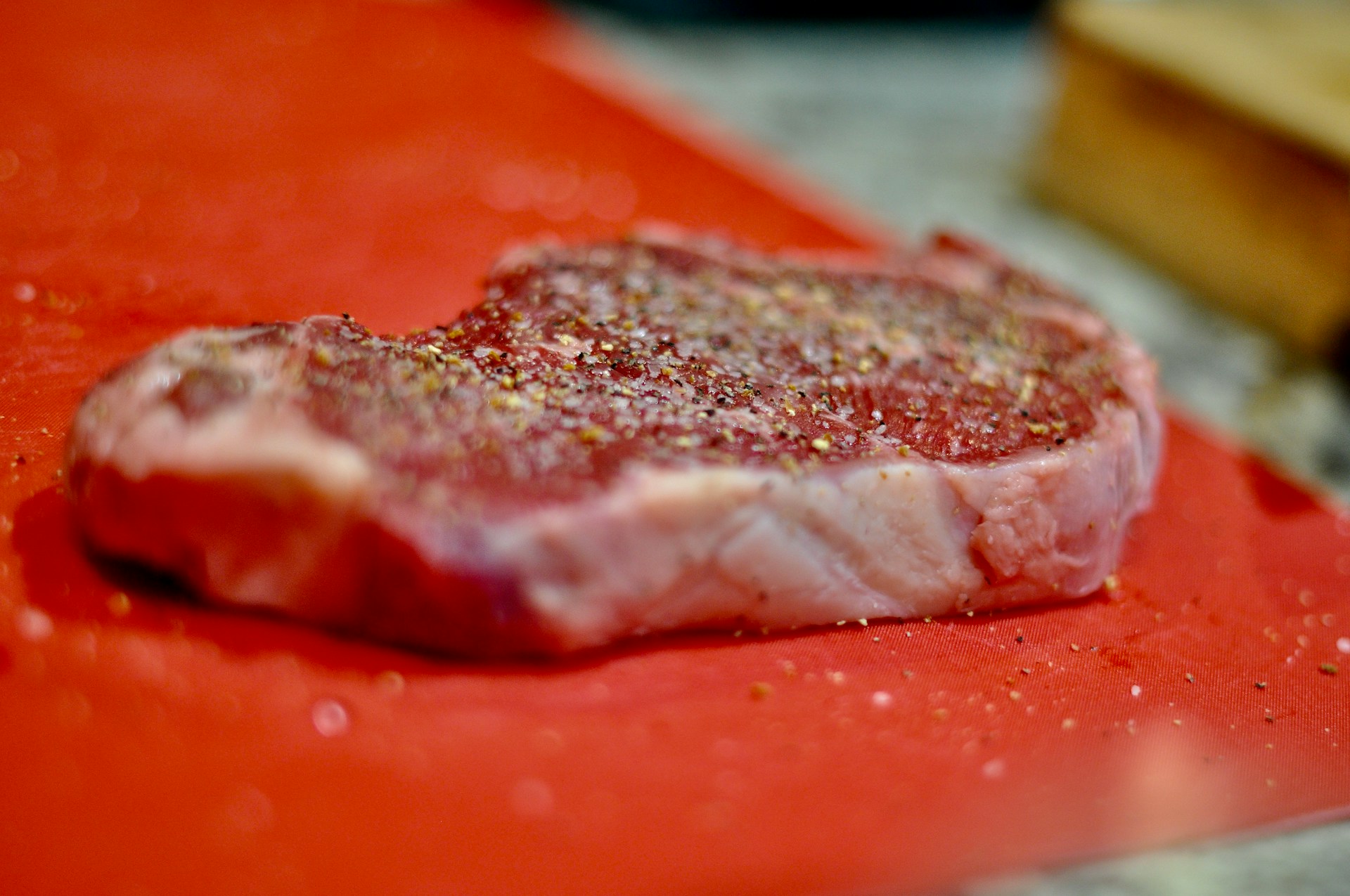 Photo by Dan Dennis on Unsplash
Photo by Dan Dennis on Unsplash
13. Using the Wrong Cutting Board
The right cutting board keeps knives sharper for longer. You don’t really want to cut ingredients on ceramic, glass, or marble surfaces. You can, however, turn to wooden or plastic cutting boards for more hygienic slicing and a better grip.
14. Stirring Too Often
Stirring is a fine art—it’s necessary to prevent sticking or burning, but doing it too often breaks food apart. To avoid a mushy meal, stick to occasional stirring unless it’s something like cream, rice, or pasta.
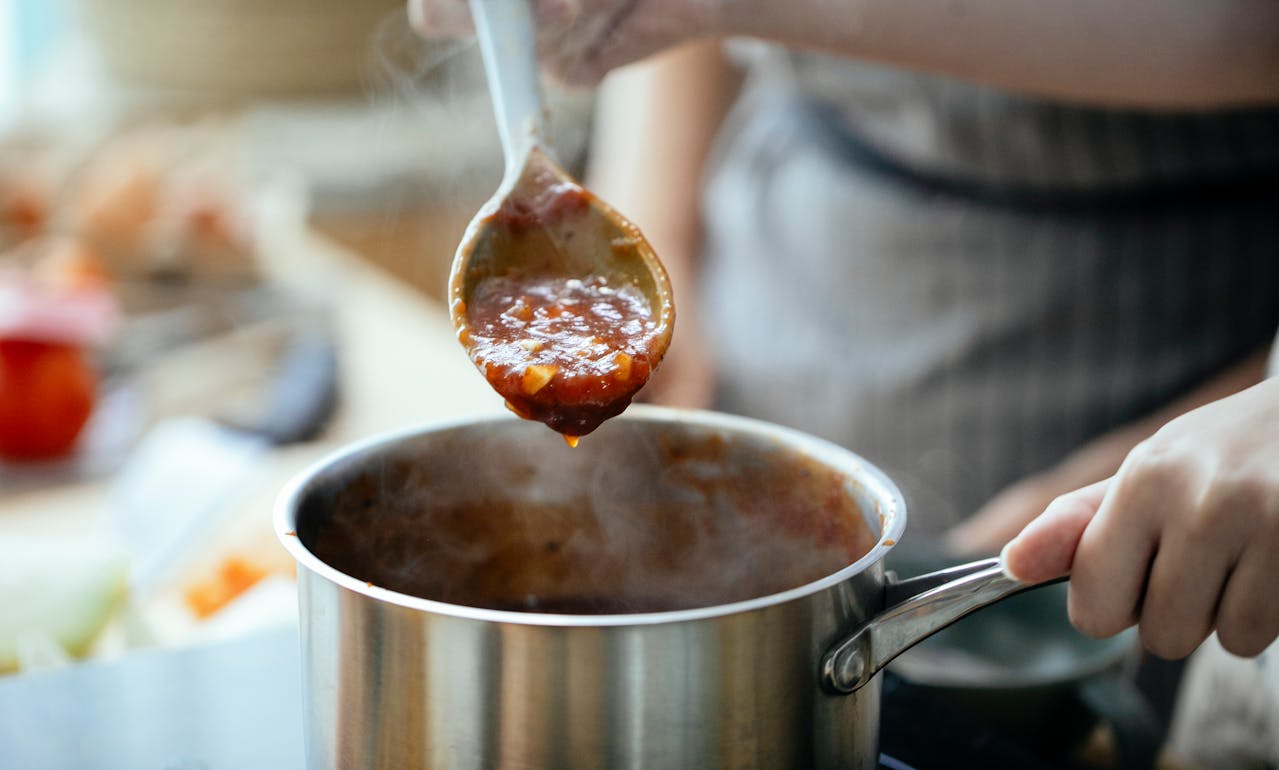 Photo by Katerina Holmes on Pexels
Photo by Katerina Holmes on Pexels
15. Improper Thawing
There’s a right way and a wrong way to thaw food. For example, leaving frozen food to thaw on a countertop opens the door to bacterial growth and potential foodborne illnesses. Instead, safely thaw food under cold water, stick it in the fridge, or defrost it in the microwave.
16. Not Cleaning as You Go
We know it seems easier to leave it, but don’t delay. Tidying as you go keeps kitchen surfaces clean, tackles dishes ahead of time, and makes the whole experience more enjoyable. Not to mention, it’s one less thing to worry about.
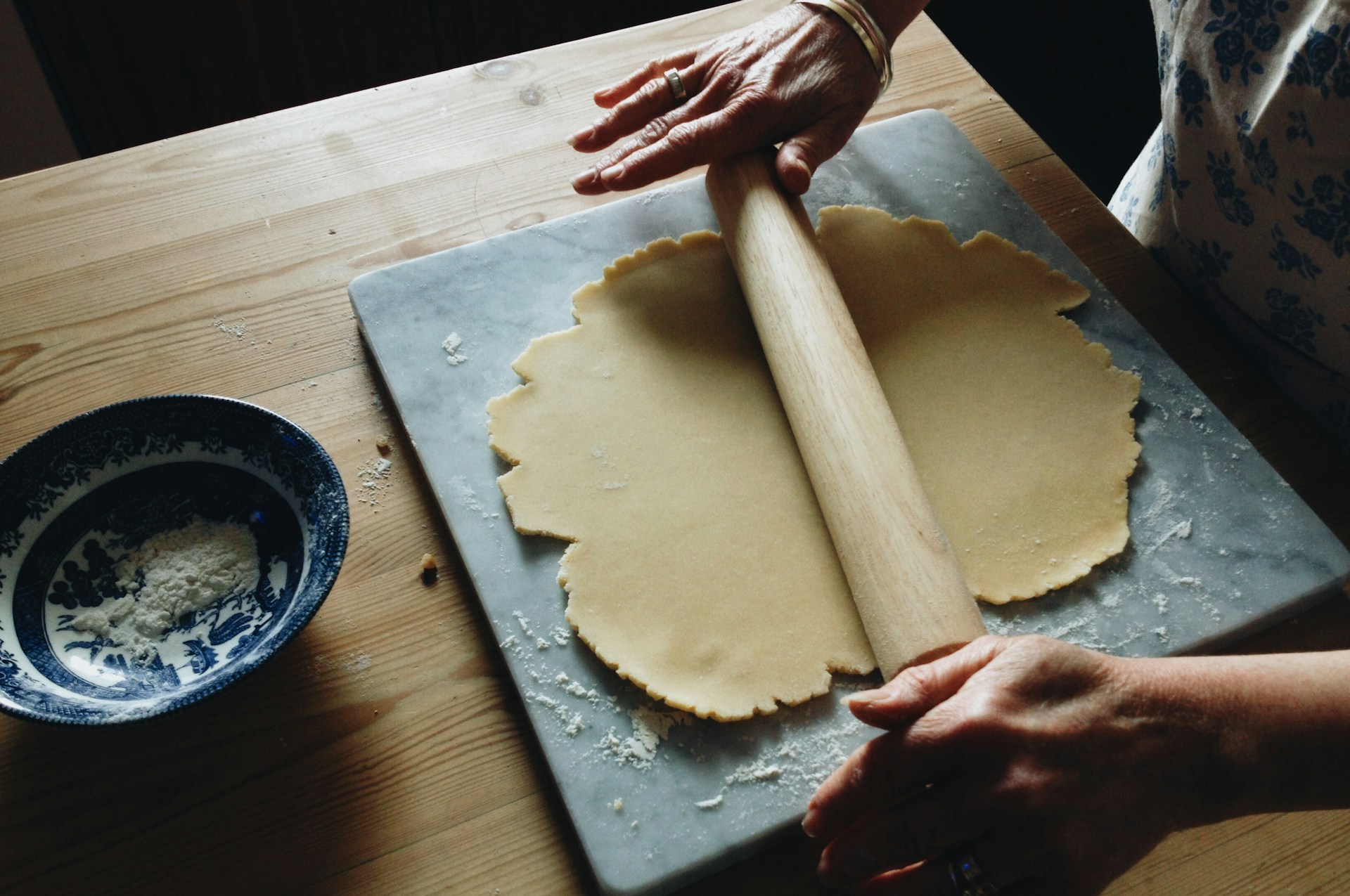 Photo by Amber Maxwell Boydell on Unsplash
Photo by Amber Maxwell Boydell on Unsplash
17. Putting Produce in the Fridge
Avocados, tomatoes, bananas, potatoes—chances are, you’ve indulged in these tasty fruits and veggies before. However, it may surprise you that none of them thrive in the fridge. Save refrigeration for the right foods! Our trusty appliance can actually ruin some foods’ flavor and texture.
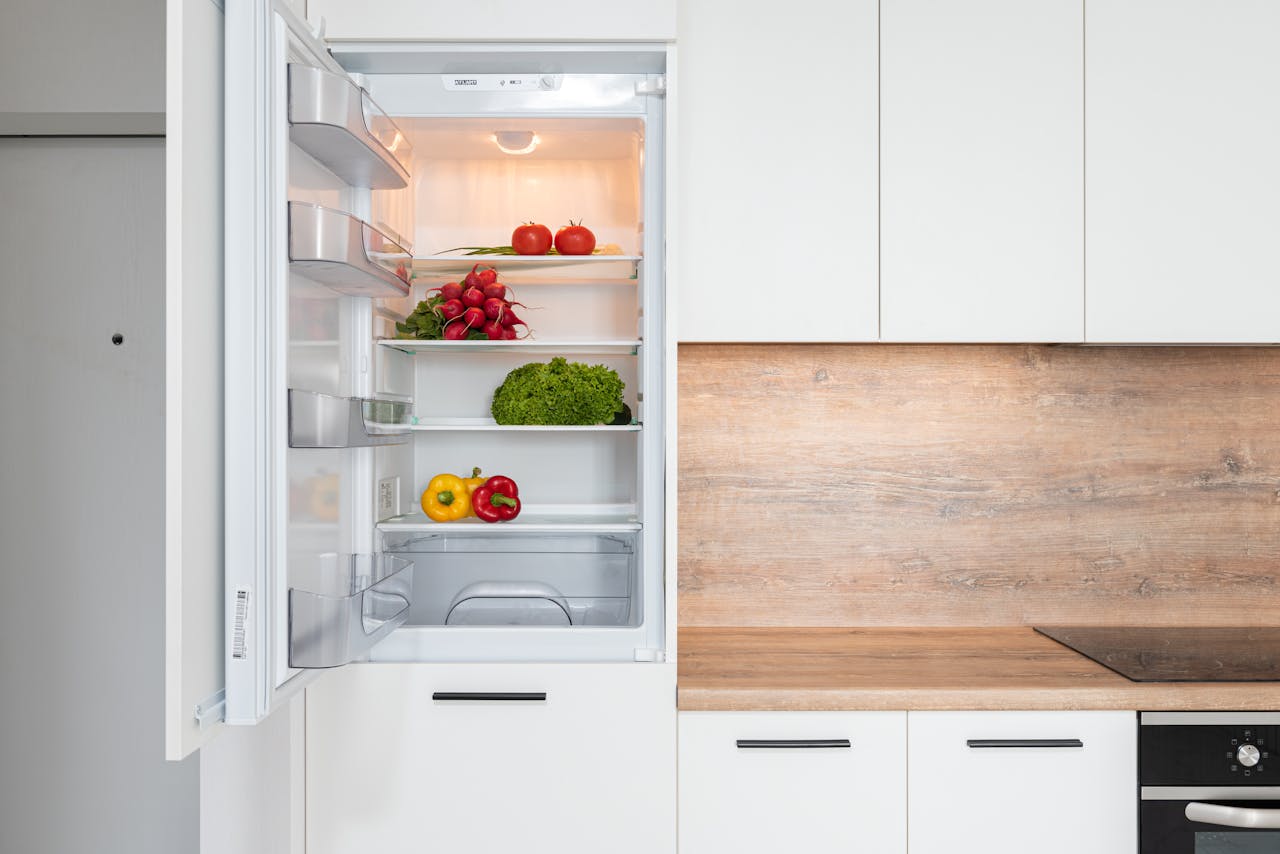 Photo by Max Vakhtbovycn on Pexels
Photo by Max Vakhtbovycn on Pexels
18. Improper Produce Washing
Pre-washed produce is one thing, but don’t skip a good scrub for the rest. Not washing fruits and veggies leaves you susceptible to pesticides, bacteria, and even leftover dirt. This is also true for foods with removable peels.
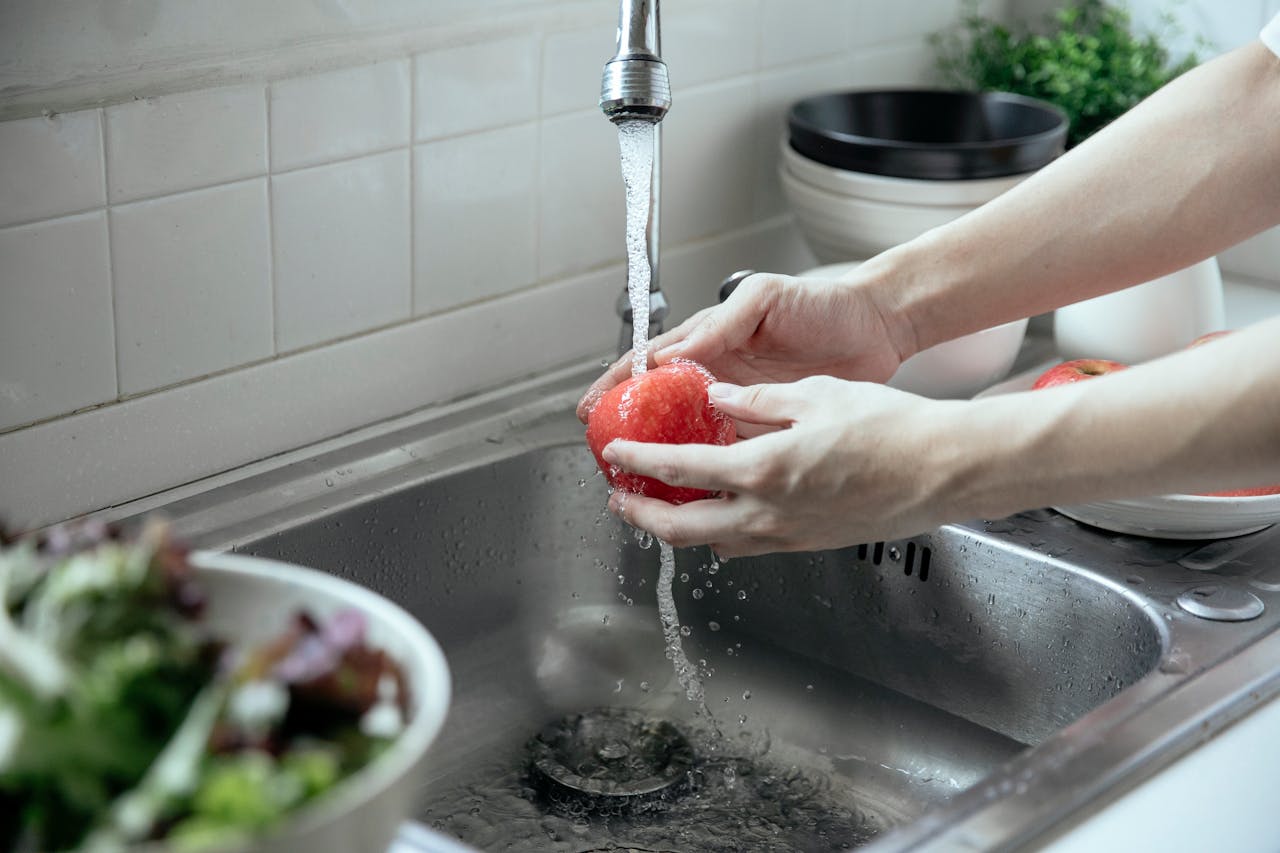 Photo by Miriam Alonso on Pexels
Photo by Miriam Alonso on Pexels
19. Cooking Wet Veggies
Pat washed veggies dry before their trip to the oven. Not only do wet vegetables lose their seasoning, but they also get mushy when cooked. Sopping wet veggies tend to steam in the oven instead of brown, ruining that satisfying crunch you’re after.
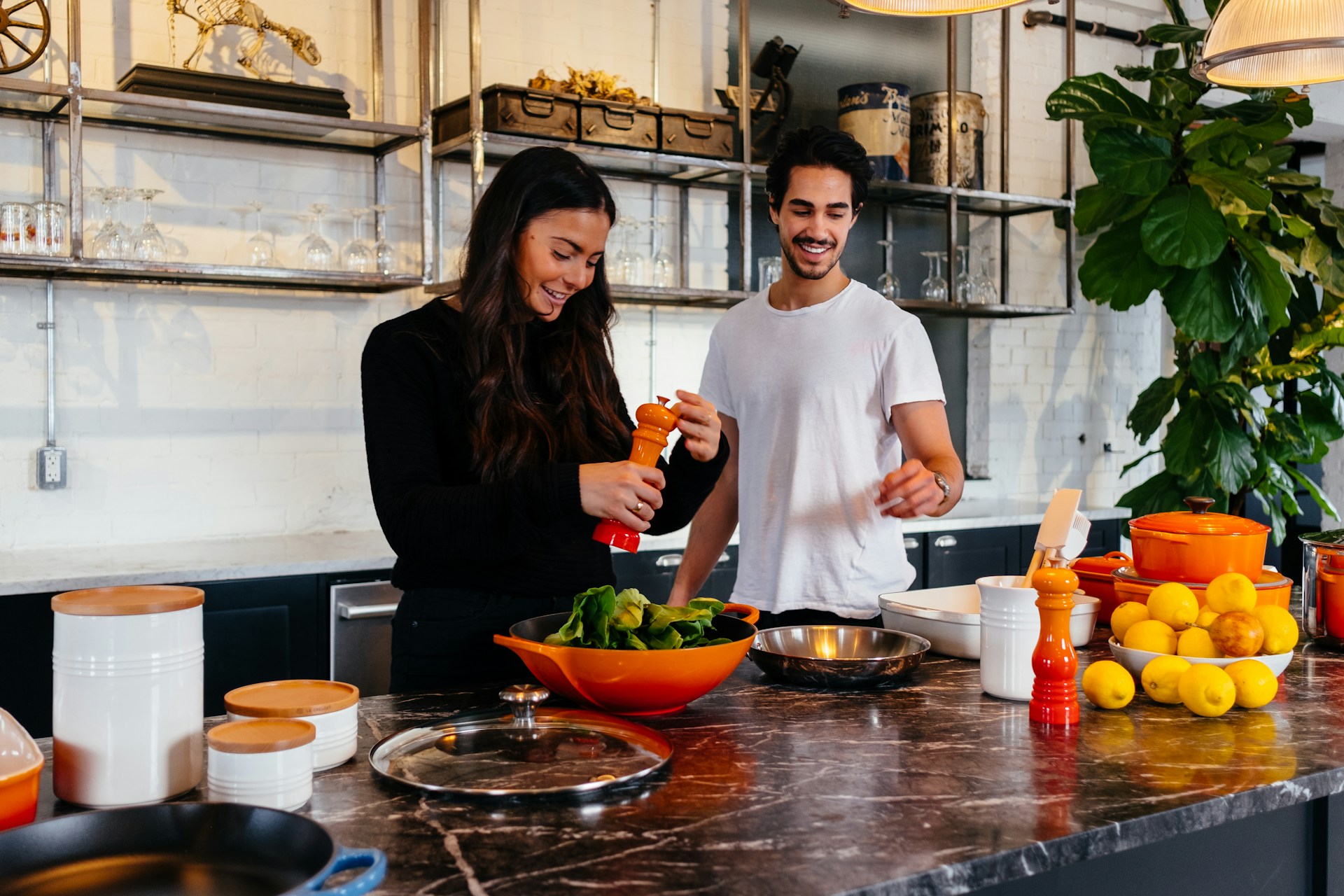 Photo by Jason Briscoe on Unsplash
Photo by Jason Briscoe on Unsplash
20. Not Dating Leftovers
Leftovers aren’t a one-and-done deal. Without proper labeling, your poor nose has to guess the edibility and no one wants that. Save your nostrils and stomach—date leftover food!
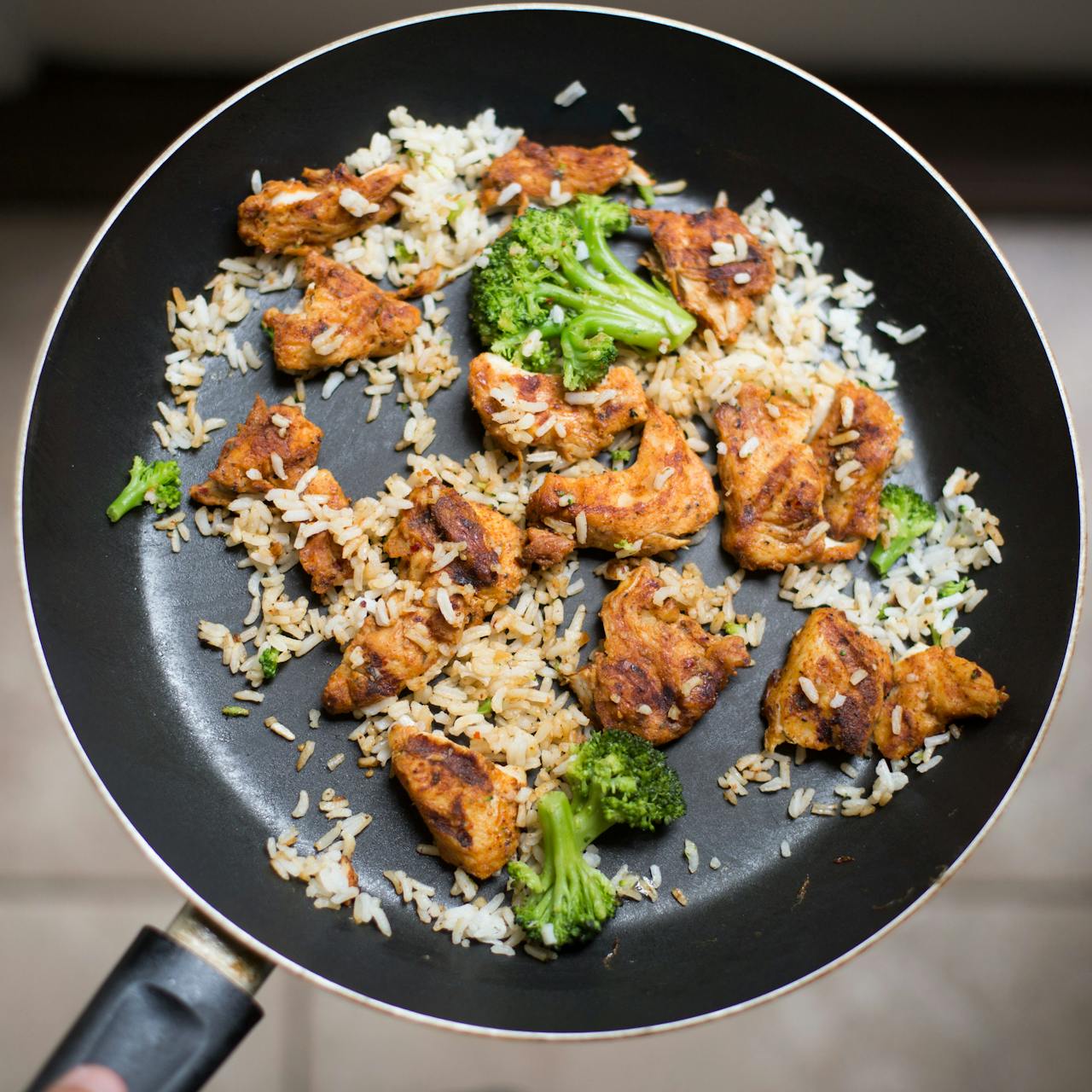 Photo by Keegan Evans on Pexels
Photo by Keegan Evans on Pexels
21. Dishwashing Certain Items
Dishwashers are great for certain items and a death sentence for others. Wooden cutting boards, fancy knives, and cast iron cookware are just some common goods to hand-wash; exposure to that kind of cycle can quickly damage beloved favorites.
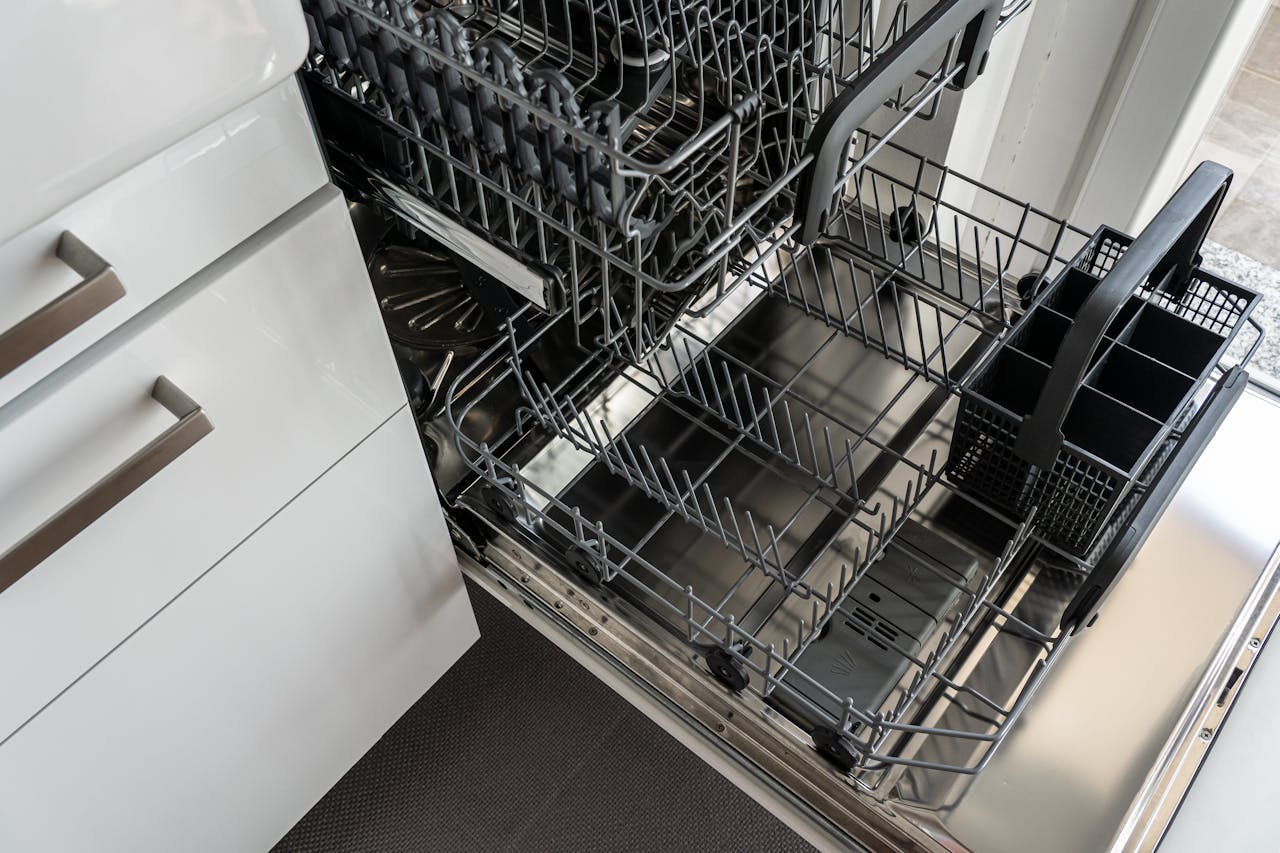 Photo by Castorly Stock on Pexels
Photo by Castorly Stock on Pexels
22. Not Preheating Cookware
Ovens aren’t the only thing to preheat. Pots and pans could do with a little preheating, too, especially to prevent sticking. Readying cookware beforehand allows proper searing and can score perfect browning.
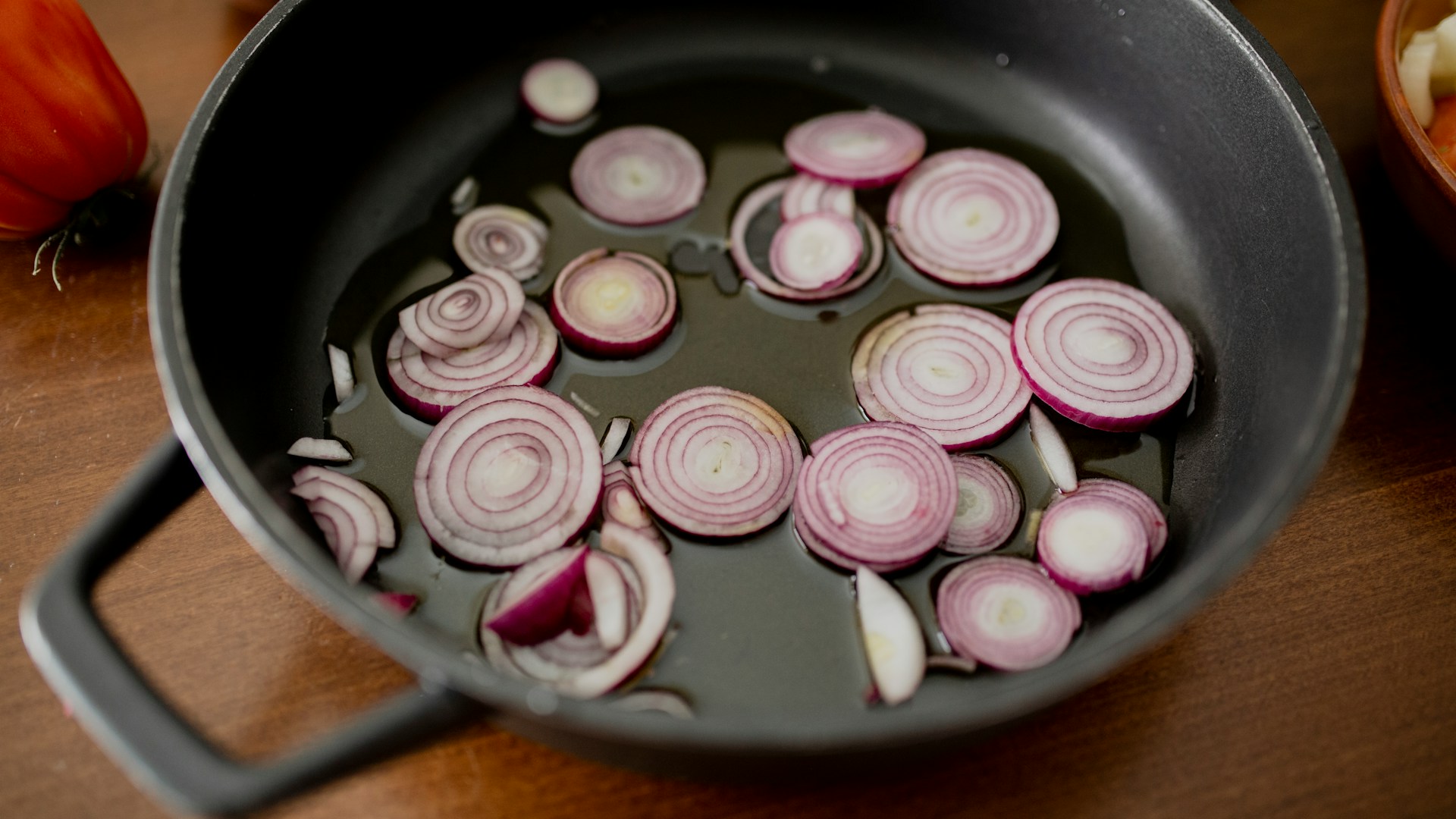 Photo by Simona Sergi on Unsplash
Photo by Simona Sergi on Unsplash
23. Overseasoning
Try not to empty the salt shaker before cooking. Overseasoning has taken the lives of countless steaks and chicken breasts over the years, so it’s better to season lightly and adjust as you go. Taste as you cook, too, to get a better idea of what to add.
24. Not Resting Batter
Struggling to make fluffy, restaurant-quality pancakes? The secret’s in the batter! Let mixed batter rest for about half an hour before flipping—the result is lighter pancakes you can really sink your teeth into. The same goes for waffles.
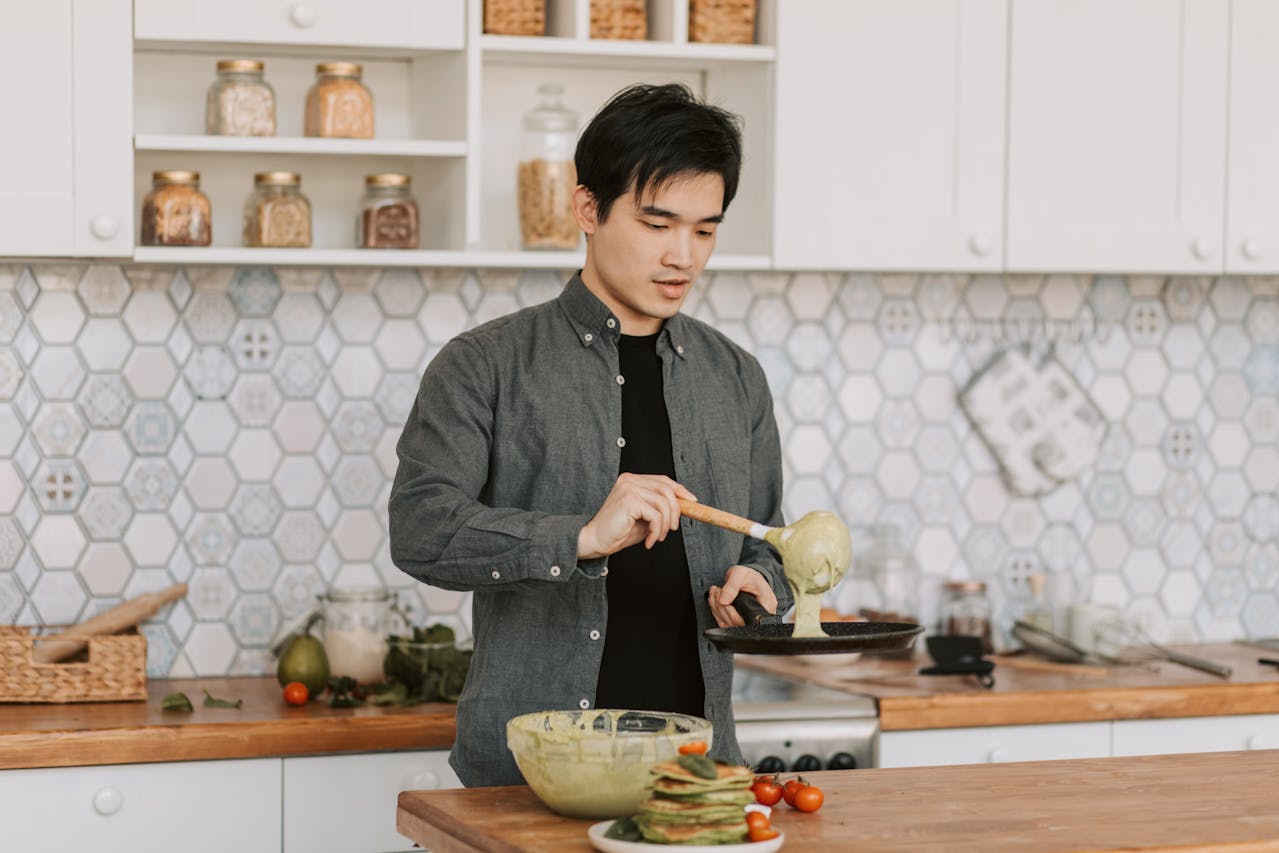 Photo by Vlada Karpovich on Pexels
Photo by Vlada Karpovich on Pexels
25. Using the Wrong Utensils
Nonstick cookware and metal utensils don’t mix. Metal does a number on nonstick items, scratching the surface and making the whole pan useless. To keep nonstick cookware alive and well, use wooden or plastic utensils.
KEEP ON READING

20 Food-Related Art Projects



